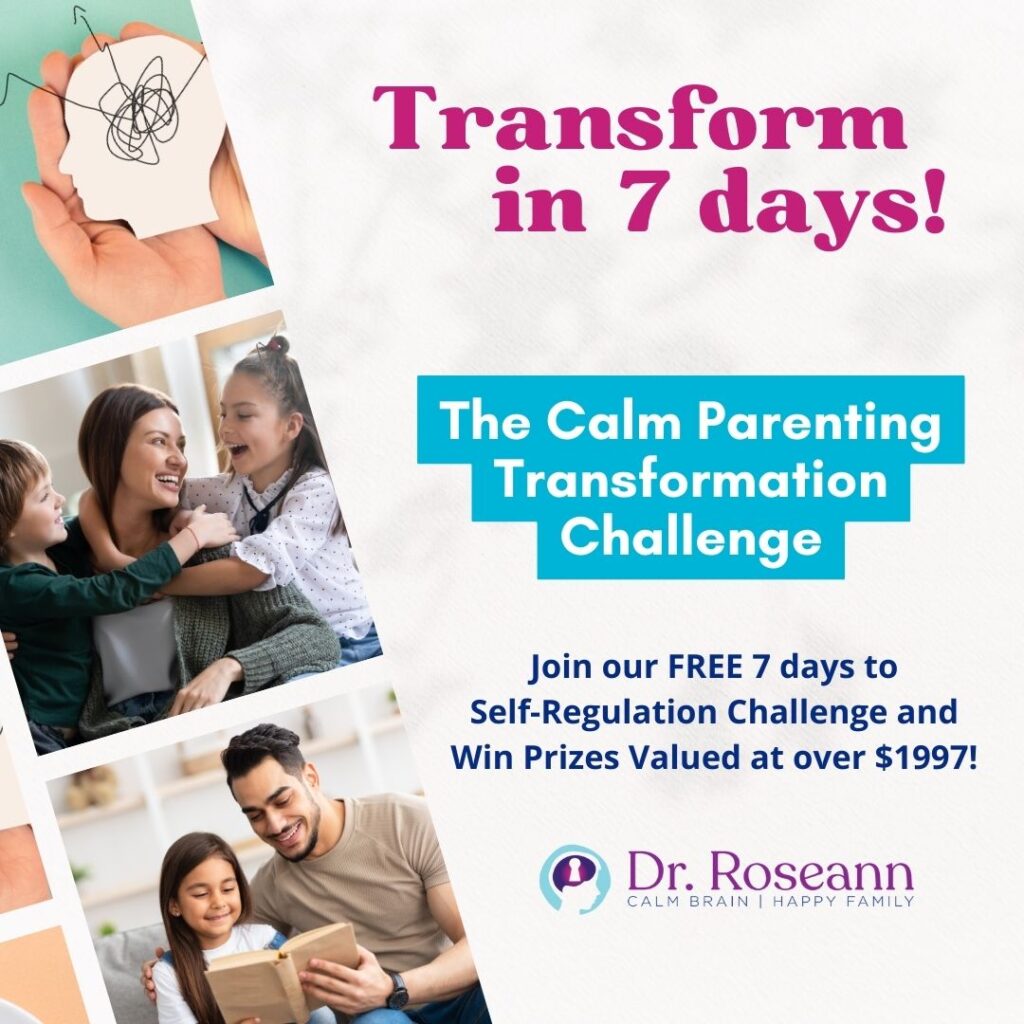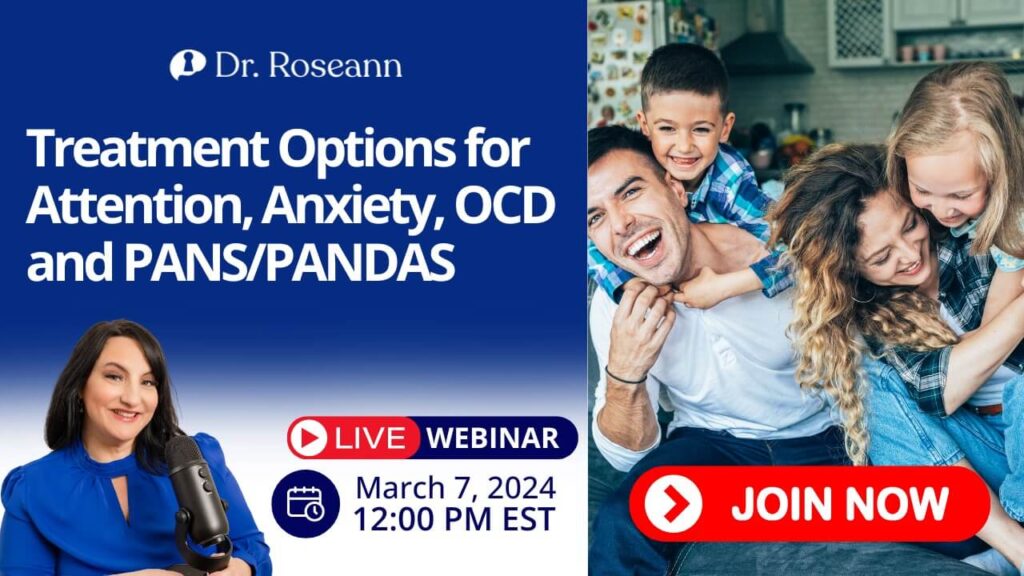Exploring the intricacies of PANS (Pediatric Acute-Onset Neuropsychiatric Syndrome) and PANDAS (Pediatric Autoimmune Neuropsychiatric Disorders Associated with Streptococcal Infections) requires a thoughtful examination of both behavioral manifestations and clinical diagnoses. The journey of understanding these conditions goes beyond merely identifying specific behaviors; it necessitates a comprehensive evaluation to distinguish between the nuances of PANS and PANDAS and other clinical issues that might present similar symptoms.
Learning more about these goes beyond a surface-level examination of behaviors; it involves a deep dive into clinical diagnoses, considering the distinctive features of these disorders, and recognizing the potential overlap with other conditions.
Recognizing and managing flares in children with neurodiverse conditions.
Effectively addressing behaviors during PANS and PANDAS flares involves a profound understanding of the emotional impact on parents. The initial step is acknowledging and managing one's own emotional reactions. I stress the significance of prioritizing personal emotional well-being, as continuous triggers can impede effective support for the child. Establishing a positive attitude, coupled with self-awareness and self-care, becomes the essential foundation for navigating the intricate challenges presented by PANS and PANDAS behaviors.
A clinical diagnosis of PANS or PANDAS is made by a medical professional and is associated with various behaviors and issues such as OCD, ADD, and learning difficulties. Common challenges include rage, school refusal, and a laundry list of behavioral issues that can make daily life challenging.
Distinguishing between a regular behavior and a flare, which is a temporary worsening of behavioral or medical problems related to the infection or toxin, is significantly important. Identifying a flare involves being a parent detective, observing clues and patterns in the child's behavior.
Flares can be triggered by various stressors, and recognizing these triggers is essential. It's important to consider the overall ecosystem, including factors like changes in routine, school-related stress, diet, sleep difficulties, or exposure to bullying.
When faced with potential signs of a flare, the initial reaction might be denial or panic. However, it's crucial to stay calm and assess the situation objectively. The parent should investigate the context of the child's behavior and look for patterns, keeping in mind that flares are often temporary and may lead to periods of destabilization.
Handling a flare involves addressing the underlying triggers and providing appropriate interventions. In managing PANS and PANDAS flares, I rely on a comprehensive flare care plan within our Brain Behavior Reset Program. This plan follows a five-pronged approach to treatment. When a flare is suspected, it's essential to focus on what has historically worked. The flare care kit includes considerations such as antimicrobial treatment, immune support, neurofeedback, PEMF (Pulsed Electromagnetic Field) therapy, and supplements like our Multi-Mag Brain Formula.
Consistency in maintaining a healthy lifestyle, focusing on nutrition, sleep, and essential nutrients, is vital. While PANS and PANDAS present challenges, they also compel individuals to adopt a more holistic approach to life.
Behavior modification techniques.
The journey is especially tough during flares, but prevention through lifestyle changes and identifying clues and patterns is crucial. Finding your go-to strategies is key in dealing with PANS and PANDAS. It's about leaning into what works for you instead of constantly chasing the next big thing.
To improve the behavior, it’s important that we first identify the nexus behavior driving the issue. Once the nexus behavior is identified, the next step involves creating a comprehensive plan to shape the desired behaviors. In the example of a child with a negative outlook leading to rageful episodes, the focus would be on fostering stress tolerance and imparting coping skills.
Consistent reinforcement is a critical component often overlooked in the process of behavioral improvement. Regardless of whether the behavior stems from a flare-related issue or is part of typical behavioral challenges, maintaining a consistent approach is essential for sustained change. This consistency reinforces the desired behaviors and helps the individual build new, positive habits over time.
In our Calm Brain Community, we delve deeper into these concepts, offering a supportive environment for parents and individuals navigating behavioral challenges associated with conditions like PANS and PANDAS. It's a space where we not only explore behavioral shaping but also provide insights into natural solutions to complement the process.
Managing child's behavior during meltdowns.
When kids are in a rage or experiencing an OCD flare, it's crucial to recognize that they are in a sympathetic dominant state. In such a state, clear thinking becomes challenging. As parents, we have to keep in mind that being on the “worry train” inhibits our ability to interact effectively with our kids, especially when dealing with the complexities of PANS and PANDAS.
In these high-stress situations, employing behavioral tactics and, most importantly, offering lots of love is essential. When a child is completely dysregulated and in the red zone, preemptive intervention is critical. Physical distance or a comforting hug can be powerful tools to prevent the situation from escalating further. However, recognizing that reasoning and thinking through the situation might not be possible during these states is crucial.
Avoiding conflict and refraining from meeting anger with anger are vital principles in managing these intense moments. Fact-fighting is a common pitfall, thinking we can rationalize with a child who may be feeling out of control. Instead, providing space or comfort becomes crucial, regardless of whether the situation is a flare or a more typical behavioral challenge.
When confronted with a flare, it becomes imperative to delve into the root causes, adopting a strategic approach to address the underlying issues. This involves revisiting strategies that have proven effective in the past, such as the utilization of supplements or antivirals. The significance of this step lies in the wealth of insights gained from previous experiences – understanding what interventions worked successfully in mitigating flares.
Taking care of our own mental well-being as parents is also paramount, and seeking professional help or therapy is part of the journey. Acknowledging the toll that the complexities of these disorders can take on our own mental health underscores the importance of seeking professional help or engaging in therapy. By proactively prioritizing self-care, seeking professional help, and engaging in therapy, we fortify ourselves emotionally, enabling us to face the challenges with resilience, compassion, and an unwavering commitment to the well-being of both ourselves and our children.
For more information about PANS/PANDAS, check out these blog posts:
● Neurofeedback for Pans and Pandas
Links and Resources:
➡️ Join our FREE Natural Parenting Community to receive science-backed resources for your child and family. Join here.
➡️ Get help from Dr. Roseann and her team. Apply here.
➡️ “Is it ADHD or something else?” Take the quiz.








